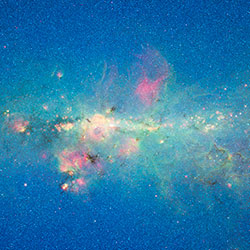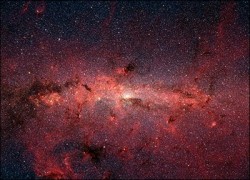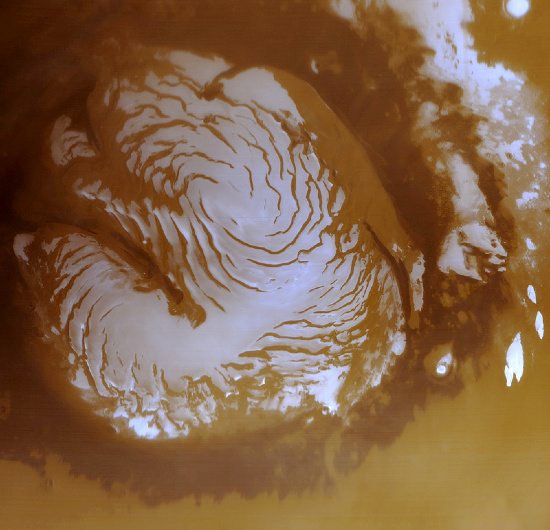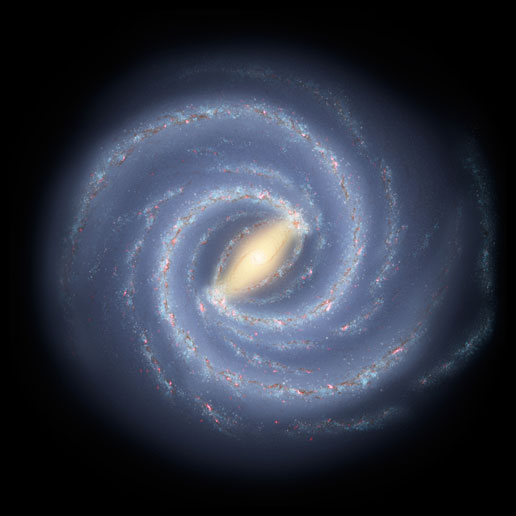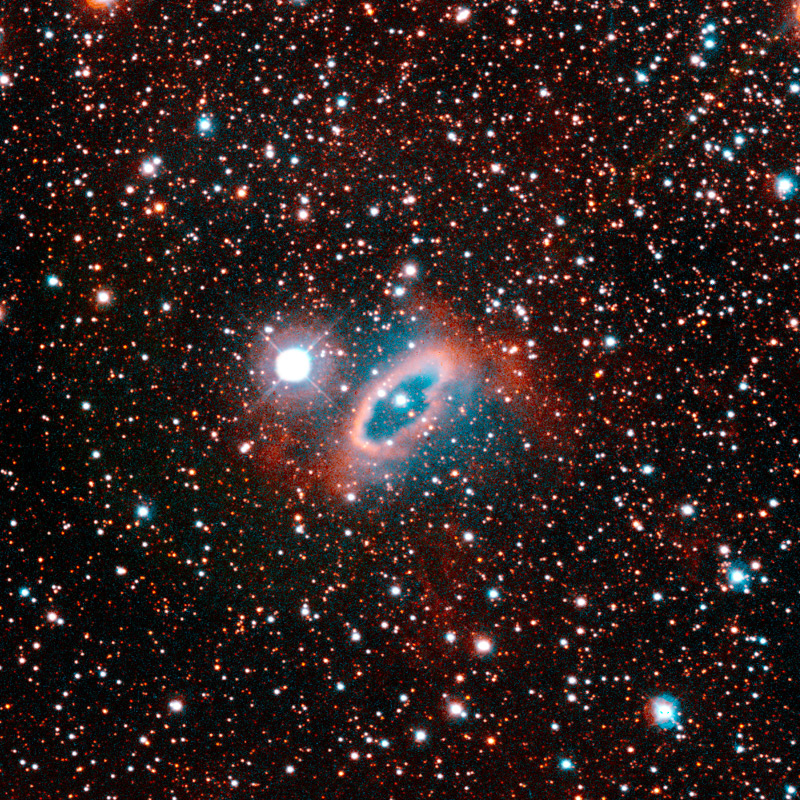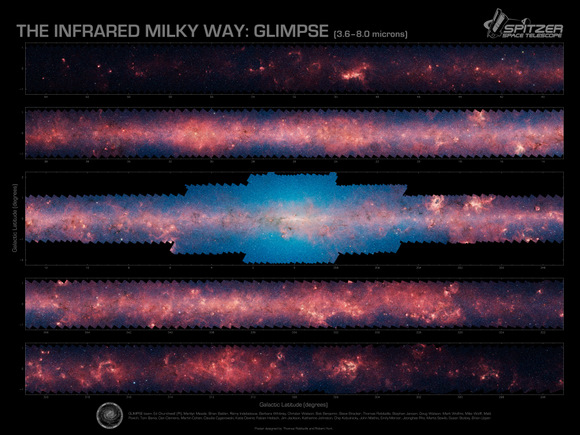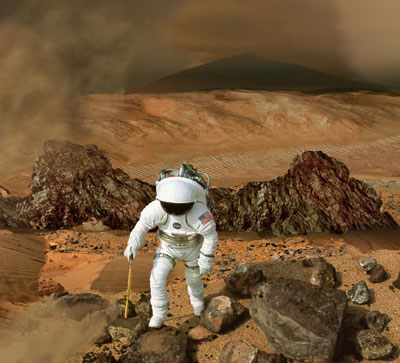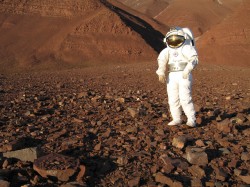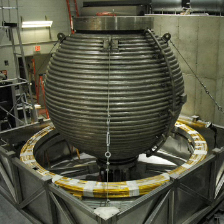The Earth’s magnetic field is quite a mystery. How is it generated? How does it remain so stable? We have known of the Earth’s magnetic field for hundreds of years and the humble compass has been telling us the direction of magnetic North Pole since the 12th Century. Animals use it for navigation and we have grown dependent on its existence for the same reason. What’s more, the magnetosphere gives us a powerful shield against the worst solar storm. Yet we still have little idea about the mechanisms generating this field deep in the core of the Earth. In the hope of gaining a special insight to the large-scale, planetary magnetic field, a geophysicist from the University of Maryland has built his very own baby Earth in his laboratory, and it will be spinning (liquid metal included) by the end of the year…
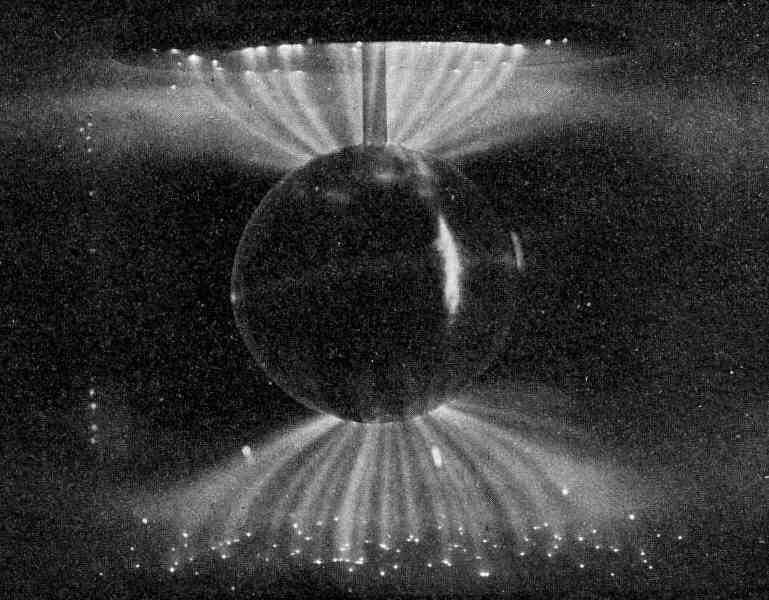
This story reminds me of a classic experiment carried out by Norwegian Kristian Birkeland at the turn of the 19th Century. In an attempt to understand the dynamic Aurora Borealis (Northern Lights), Birkeland experimentally proved that electrical currents could flow along magnetic field lines (a.k.a. Birkeland, or “field-aligned” currents, pictured left). This can be observed in nature as charged particles from the solar wind interact with the Earth’s magnetosphere and are then guided down to the Earth’s magnetic poles. As the particles flow into the upper polar atmosphere, they collide with atmospheric gases, generating a colourful light display called aurorae. However, this early experiment simulated a magnetic field; it did not model how the Earth generates it in the first place.
Now, in a laboratory in the University of Maryland, geophysicist Dan Lathrop is pursuing this mystery by building his very own scale version of the Earth (pictured top). The model is set up on apparatus that will spin the 10-foot diameter ball to an equatorial speed of 80 miles per hour. To simulate the Earth’s molten outer core, Lathrop will fill the sphere with molten metal. The whole thing will weigh in at 26 tonnes.
This is Lathrop’s third attempt at generating a scale model of the Earth’s magnetic field. The last two attempts were much smaller, so this large experiment had to be constructed by a company more used to engineering heavy-duty industrial equipment.
It is believed that the Earth’s molten outer core, starting 2,000 miles below the Earth’s crust, generates the global magnetic field. This “dynamo effect” is somehow created through the interaction of turbulent liquid iron flow (which is highly conductive) with the spin of the planet. In Lathrop’s model, he will be using another conductive liquid metal, sodium. Molten iron is too hot to maintain in this environment, sodium exists at a liquid phase at far lower temperatures (it has a melting point close to that of the boiling point of water, nearly 100°C), but there are some serious hazards associated with using sodium as an iron analog. It is highly flammable in air and is highly reactive with water, so precautions will have to be taken (for one, the sprinkler system has been disabled, water in the case of a sodium fuelled fire will only make things worse!). This whole experiment, although risky, is required as there is no direct way to measure the conditions in the outer core of the Earth.
“The conditions of the core are more hostile than the surface of the sun. It’s as hot as the surface of the sun but under extremely high pressures. So there’s no way to probe it, no imaginable technique to directly probe the core.” – Dan Lathrop
Spinning this heavy sphere should cause sustained turbulence in the flow of the liquid sodium and it is hoped a magnetic field can be generated. There are many puzzles this experiment hopes to solve, such as the mechanics behind magnetic polar shift. Throughout the Earth’s history there is evidence that the magnetic poles have switched polarity, prolonged spinning of the model may cause periodic magnetic pole reversal. Testing the conditions in the conductive liquid metal may shed some light on what influences this global pattern of polar shift.
This kind of experiment has been done before, but scientists have directed the flow of liquid metal through the use of pipes, but this model will allow the metal to naturally organize itself, creating its own turbulent flow. Whether or not this test generates a magnetic field it is unknown, but it should aid our understanding about how magnetism is generated inside the planets.
See the video at National Public Radio »
Source: National Public Radio

